Sigma 105mm f2.8 DG DN Macro Art First Impressions:
One area of photography that I never really gotten into is macro photography. One big reason is because I was an M user for most of my photographic life, and while there are ways to shoot macro with an M, it’s just not that convenient. Now that I’ve switched to the SL system, macro opportunities make more sense, and while Leica has not come out with an SL macro lens yet, Sigma now has two in L mount form. One of these lenses is the 70mm, which is a superb lens. I reviewed it a while back, for those who are interested in reading more about it. The second one that was released is the 105mm f2.8 Art lens. I’ve actually had this lens in Nov/Dec of 2020 but I was busy updating my site and migrating it to a new host. So, I’m a little late with this but here are my first impressions of it.
Let’s first take a look at the build. The 105mm f2.8 DG DN Macro Art lens is made of a combination of metal and polycarbonate resulting in something that feels very solid in the hands. There is a brass bayonet for improved mounting accuracy and rigidity. This lens is also built for those days when the weather is just not ideal. For instance, it has water and oil repellent coatings. The 105 f2.8 Macro also has seals making it weather and dust resistant. Overall, the quality is impressive, and it is definitely up to the level that one would expect from a professional lens.

↑ The 105mm f2.8 DG DN Macro Art lens attached to the Leica SL2.

↑ The Sigma 105mm f2.8 Macro Art lens comes with a lens hood, and a case.
Ergonomically, the 105mm f2.8 DG DN Macro Art lens Macro is great. At 5.3 inches in length, and using a 62mm filter thread, the 105mm isn’t that big considering its optical capabilities, autofocus, build, and focal length. It isn’t that heavy either. The L mount version weighs just 715 g. Overall, this lens feels great on the SL2. It balances nicely, and I believe that’s not only because of the specs of the lens but rather a combination of the specs from the lens and camera body. I’ve found that the SL bodies in general are designed quite well in that they balance nicely with a variety of lenses including ones as compact as M lenses to larger glass like the Sigma 100-400mm I reviewed a while back. Basically, for those using the Sigma 105mm f2.8 on an SL or similarly sized camera, you will probably like the overall feel of the combo. The combo is very balanced and easily manageable.
In addition to excellent build, and ergonomics, there are also some really cool features on the lens. For one, there’s a Focus Mode Switch for when you want to switch between manual and autofocus modes. Speaking of, the focus ring is very smooth. There’s also a focus limiter setting, which is great for macro shooting, and an AFL button. My favorite feature is the aperture ring. It’s one of the features I miss most after I switched from my M system to the SL system. The aperture ring on the 105mm f2.8 DG DN Macro Art lens clicks in third stops, and clicks nicely as you rotate it. Of course, there’s also a de-click feature on this lens for those days when you want a silent aperture ring. Lastly, there is also an aperture ring lock switch.

↑ Here are all the switch gear and buttons.

↑ Here’s another switch gear.
I’m happy to report that autofocus seems to be very quick thanks to its Hyper-Sonic Motor (HSM) in its focus motor system. There really isn’t any drama here. The focus is not only quick, it is also very accurate and quiet. Since this is a macro lens, the minimum focus distance is 11.6″ and a working distance of 5.5″, which taking into account the focal length, will give you 1:1 maximum magnification.
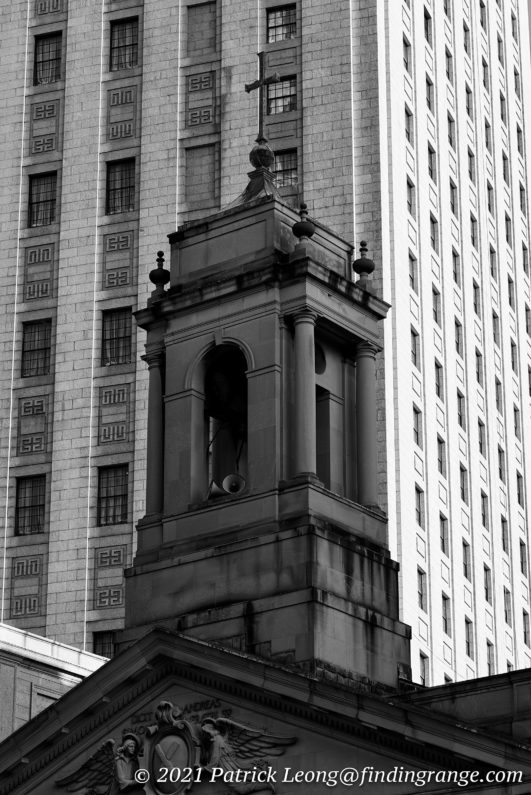
↑ This was taken with 250 ISO and the lens set at f8.
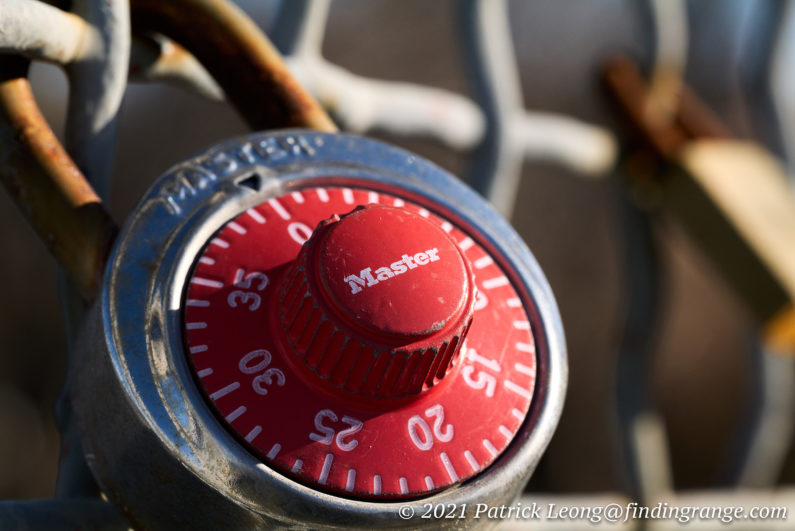
↑ This was taken with 1250 ISO and the lens set at f11.
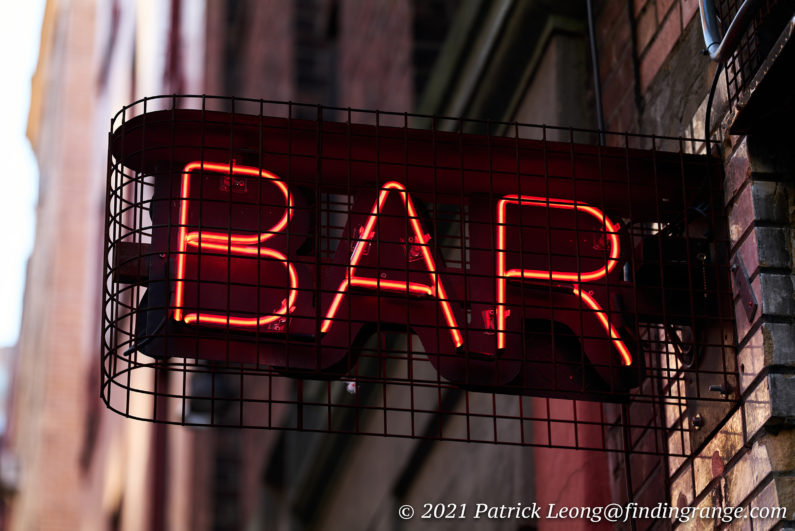
↑ Here’s a shot taken with the lens’ wide open aperture of f2.8. 160 ISO was used here.
Let’s talk about image quality now. Just so you all know, there aren’t as much variety in the photos that I’ve included as examples because at the time I was reviewing the 105mm f2.8 DG DN Macro Art lens, corona virus cases were very high in New York City. I did spend a decent amount of time testing this lens, (as all of you know, I always use the gear I review) but in terms of locations and subjects, I kept those down to a minimum. I had plans for a couple of model shoots because I’m sure many would use this lens for those purposes but those were also canceled.
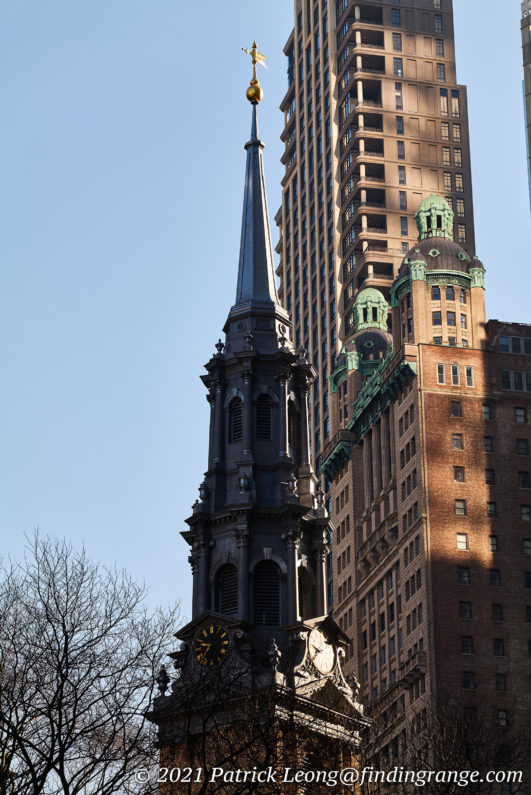
↑ I used 100 ISO here, and the 105mm f2.8 Macro Art lens was set at f5.6.
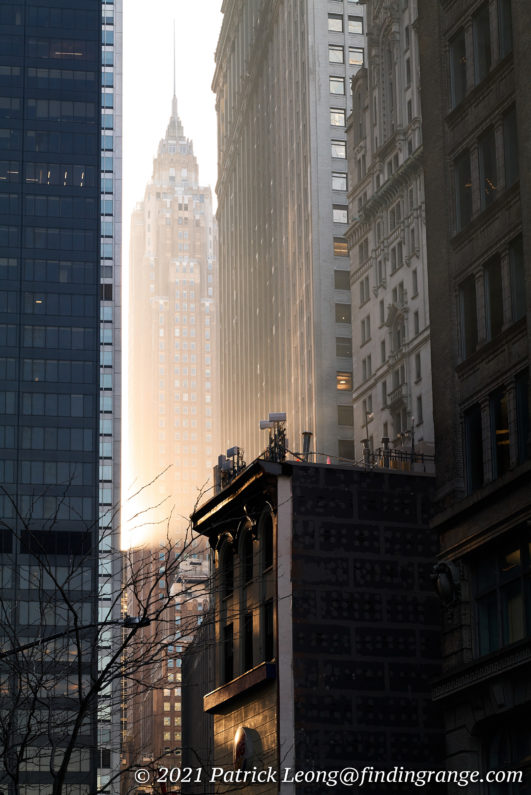
↑ This was a foggy morning. This was taken using f11 and 1600 ISO.

↑ The detail here is incredible. I’ll be sure to post 100% crops in my full review. This was taken using f4 and 160 ISO.
With that said, I still was able to give this lens a proper testing, and I have to say, the 105mm f2.8 DG DN Macro Art lens definitely lives up to its Art lens nomenclature. Quite frankly, my initial tests blew me away. This is probably one of the best optically from Sigma. I feel it’s already one of the sharpest lenses I’ve used from Sigma, and that’s saying a lot when you consider the quality that you can already expect from their other Art lenses. With its rounded nine-blade diaphragm, the bokeh is also ultra smooth. Be careful though because you will probably need to stop down quite a bit when shooting some macro :). Otherwise the depth of field will be ultra thin.

↑ Here’s a wide open shot taken with 640 ISO.

↑ This was taken with 320 ISO and the lens set at f5.6.
That’s it for my first impressions. Expect my full review to come very soon. This has been a superb lens to shoot so far, and to think, it costs just $799, which is quite reasonable when you consider everything that is included. This is a wonderful edition to the Sigma line, and a fantastic choice for the L mount system. Stay tuned for the full review!
For those interested in purchasing the Sigma 105mm f2.8 Macro Art lens, you can check out the link below:
105mm f2.8 DG DN Macro Art lens at B&H Photo

